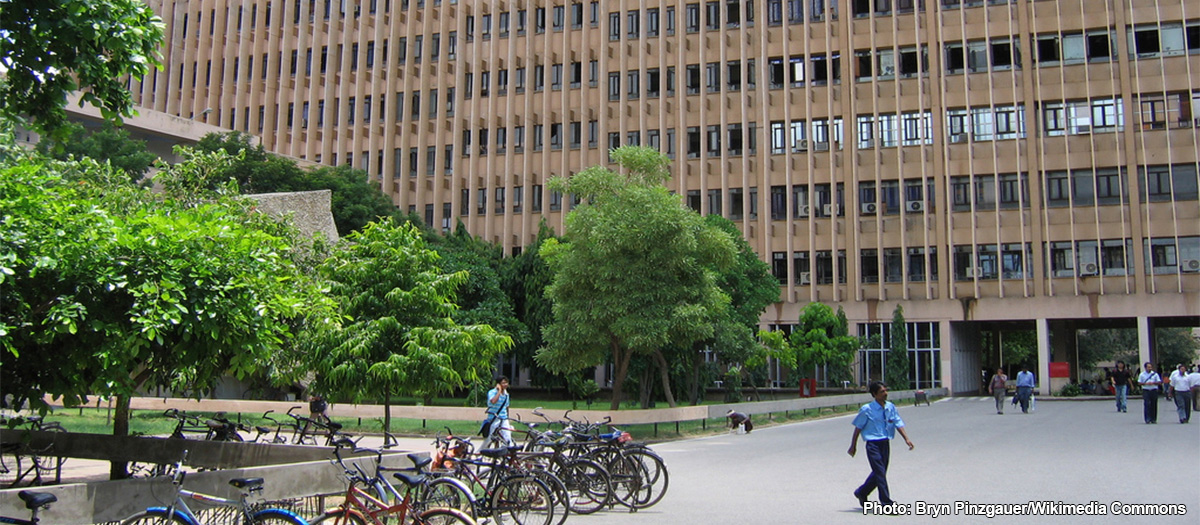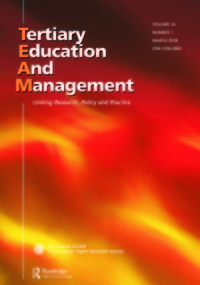
Caste prejudices still alienate college students in India
A new paper shows higher education in India can exacerbate tensions of class and caste.
Abstract | Full article HTML | Full article PDF
Although India outlawed the caste system in 1947, its legacy is far from over. Caste identity still affects all aspects of life — including university campus life — in India.
In a new paper published in Tertiary Education and Management journal, two scholars at USC’s Pullias Center for Higher Education reveal just how powerful an influence the caste system still wields over university students in India.
“I conducted this research when I was on a Fulbright for a year in India, said William G. Tierney, co-director of the Pullias Center and one of the paper’s authors. “Our work highlighted the challenges Dalits — known as untouchables — face when they enter academe.”
 Tierney co-authored the paper with Pullias postdoctoral scholar Gaurav J. Pathania.
Tierney co-authored the paper with Pullias postdoctoral scholar Gaurav J. Pathania.
The scholars’ findings come at a time when more members of the lower castes than ever are entering higher educational institutions in India. To help ameliorate the historic prejudices against lower caste groups, the Indian government created a reservation system, an affirmative action program that enables more members of lower castes to pursue higher education through scholarships and other benefits.
However, access to the college and university system has not come hand-in-hand with acceptance into the institutions’ societal and cultural circles. Students from the lower castes often experience social rejection, discrimination, and prejudice, even from those classmates who consider themselves sympathetic to the lower castes. “Even as higher education becomes more accessible, equity and equality remains elusive,” the authors conclude.
“The problem is not just about academic learning,” Pathania said. “Our research is important because it highlights the cultural divide that remains in my country.”
Pathania and Tierney suggest several ways colleges and universities in India can begin the difficult work of better integrating students from lower castes.
The authors emphasize the need for frank discussions about the barriers lower caste students face, as well as “training inside and outside the classroom to address structural barriers that facilitates a sense of community.” Such training would encourage upper caste students to critically interrogate their own derogatory assumptions about lower caste students, and allow lower caste students better cope with the humiliations and discriminations they face.
Pathania and Tierney intend to continue their work about higher education in India. Pathania has a book coming out about the development of higher education in one state in India. Tierney has a series of life histories he conducted with Indian colleagues coming out in a subsequent journal; his article about higher education system reform in India is forthcoming from Teacher’s College Record in the spring.
___
Abstract | Full article HTML | Full article PDF
Pathania, G.J., & Tierney, W.G. (2018). An ethnography of caste and class at an Indian university: creating capital. Tertiary Education and Management, 2018. doi:10.1080/13583883.2018.1439998
This study was conducted while Tierney had a Fulbright Fellowship.